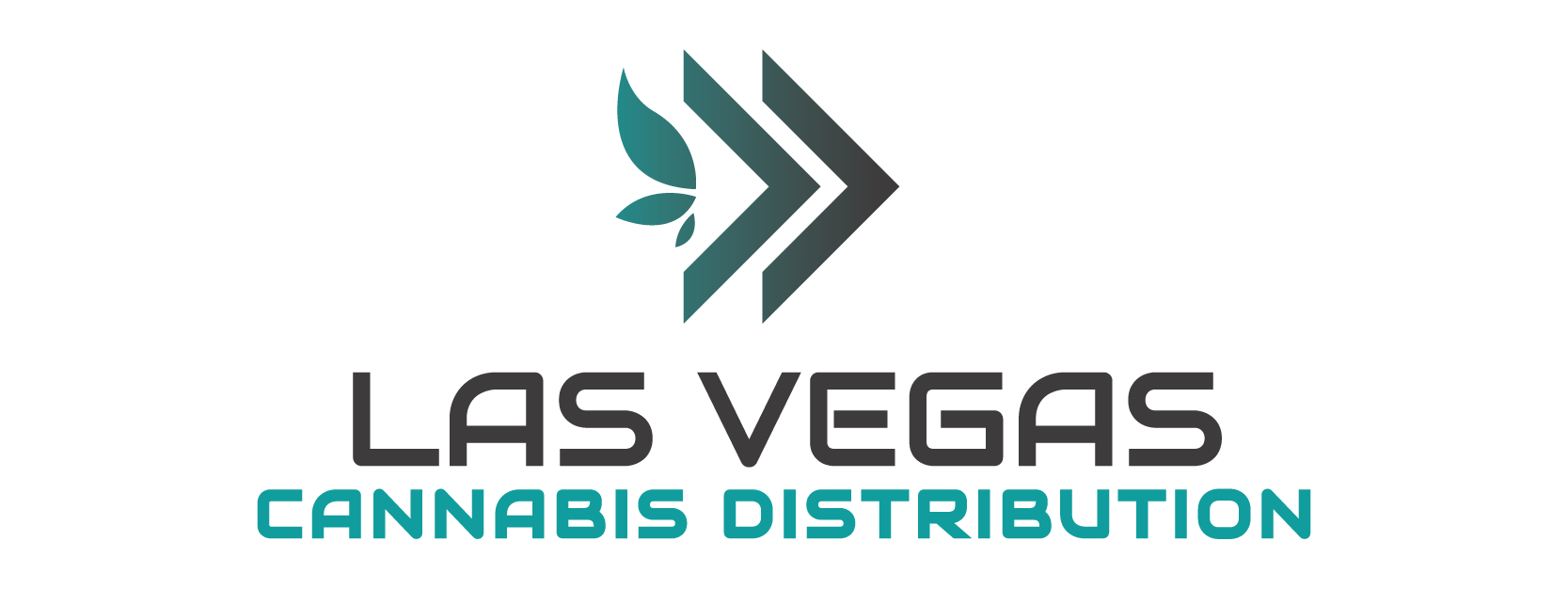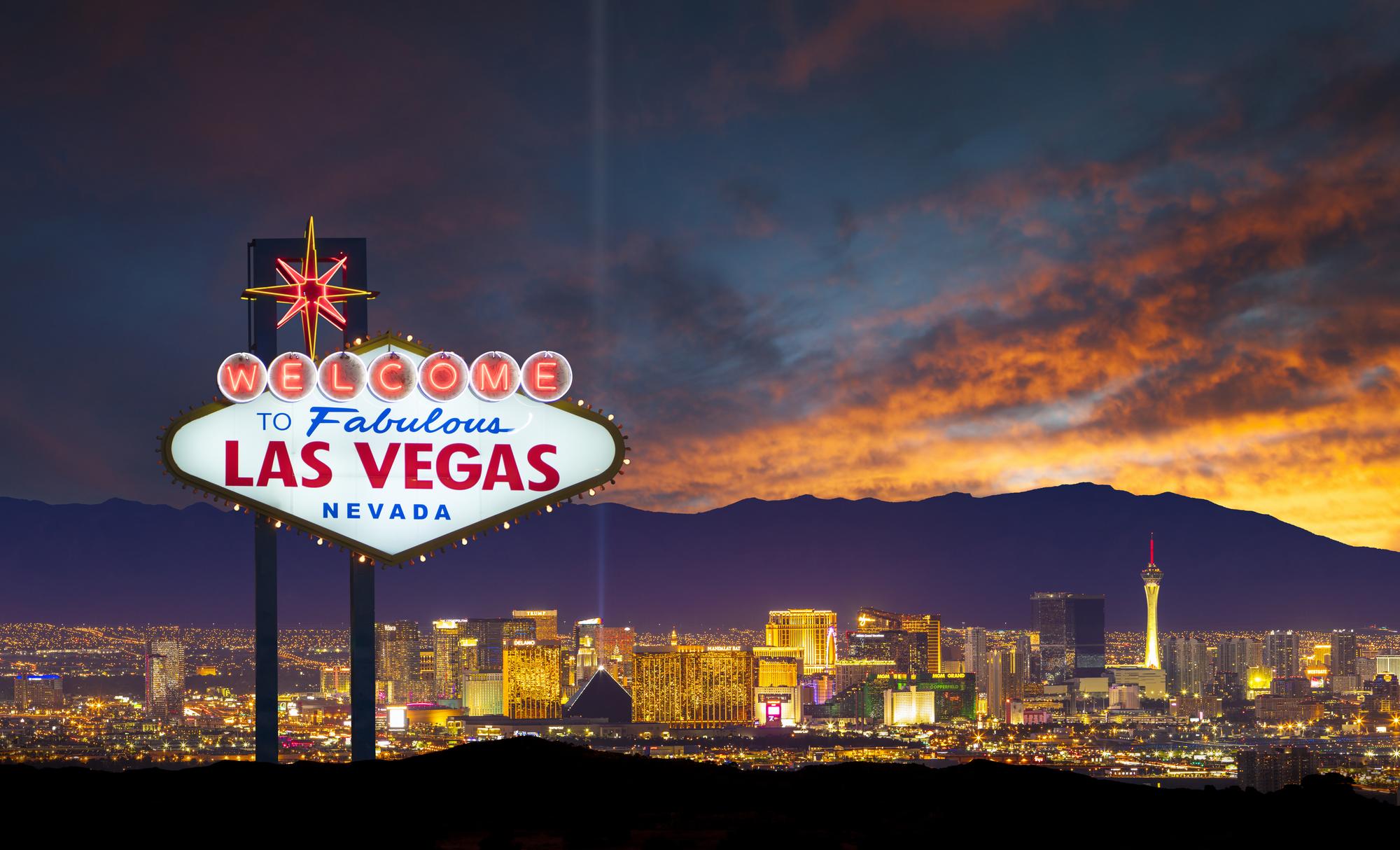Las Vegas is rapidly evolving into a premier cannabis distribution hub in the western United States, driven by strategic policy shifts, a booming tourism economy, and robust infrastructure. What began in 2017 with the legalization of recreational cannabis has matured into a dynamic nexus for cultivation, wholesale, and retail sales.
Since January 1, 2017—following Nevada’s voter approval of Question 2—the state has authorized recreational sales, complementing its medical cannabis history dating back to the late 1990s. Sales officially began on July 1, 2017, catalyzing a new era in Las Vegas’s regulated cannabis economy.
Strategic policy and legal framework
Nevada’s regulatory environment, shaped by the Cannabis Compliance Board (CCB) and academic institutions like UNLV, has facilitated efficient market expansion. The 2021 law permitting on-site consumption lounges and the 2023 amendment increasing possession limits further stimulated demand. In tandem, current draft legislation such as Assembly Bill 203 seeks to curtail illegal operations, especially on the Strip—a critical step toward securing legal market dominance.
These regulatory adjustments have enhanced the viability of distribution networks. In particular, modifications to wholesale rules—such as relaxing two-driver requirements—have facilitated more efficient statewide movement of product.
Tourism and retail synergy
Las Vegas’s 55 million annual visitors present a ready consumer base. Retailers have capitalized on this, with flagship operations like Planet 13’s 40,000‑sq ft superstore near the Strip attracting thousands of patrons daily. Boutique hotel initiatives such as The Lexi brand also cater to cannabis-inclusive hospitality, allowing private consumption and signaling a shift toward cannabis tourism.
Market dynamics and pricing
The Nevada market has witnessed a downward trend in wholesale and retail prices, reflecting competitive pressures and an effort to displace illicit sales. For instance, legal wholesale flower priced at approximately $1,350 per pound in early 2024 has gradually declined, though it remains above national averages. Legal retail sales have receded from a peak of just over $1 billion in fiscal year 2021 to roughly $829 million in 2024.
Despite these trends, the illegal market continues to capture a significant share—estimated between 25% and 33%—particularly in areas inaccessible to legal outlets, like the casino Strip. Legislative efforts aim to redirect consumers toward licensed providers and close loopholes exploited by illicit vendors.
Infrastructure and distribution capacity
Las Vegas’s physical and logistical infrastructure further supports its role as a distribution hub. The city hosts multiple wholesale centers, dedicated grow facilities, and distribution networks aligned with wholesale policy relief. Government and industry stakeholders are collaborating to optimize these systems, recognizing Las Vegas as an anchor point for regional supply chains.
Outlook and challenges
Looking ahead, Las Vegas is expected to consolidate its market position. The 2024 UNLV cannabis economy overview projects continued normalization of prices and sustained investment, with prospects in tourism-linked cannabis consumption. Yet challenges remain—particularly integrating purchase, consumption, and tourism while suppressing illegal vendors.
Continued regulatory refinements, infrastructure scaling, and targeted efforts to transition illicit buyers could cement Las Vegas’s leadership role in the western cannabis trade.
Read More: How Vegas Distributors Handle Event‑Driven Cannabis Spikes

